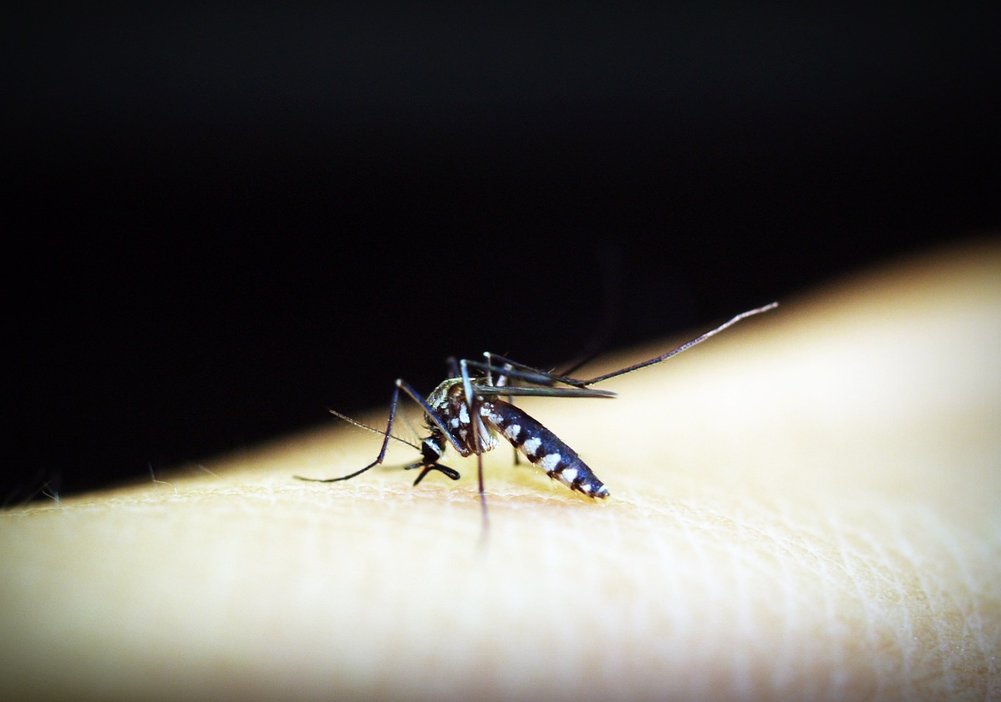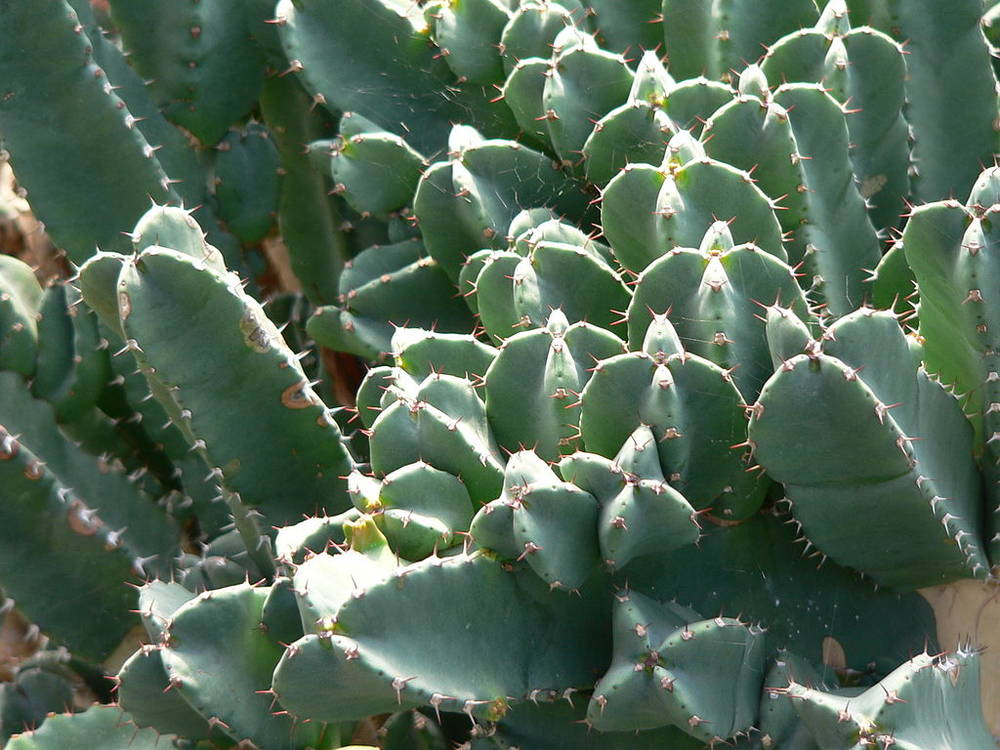The study of algae, more recently called Phycology, has always intrigued human curiosity. The Ancient Egyptians used algae for cosmetic alchemy and we have discovered a host of uses for this versatile photosynthetic organism since the 19th century.
‘Alga’, most likely derived from the word Alliga meaning ‘binding, entwining’, is proving to be not only a clean but also a renewable food and fuel source. Researchers have concluded in the journal Algal Research that genetically engineered algae can be successfully cultivated outdoors while maintaining engineered traits, and, most importantly, without impacting native algae populations.
Apart from this research, algae have had a hard to beat track record. They have been used in the field of biotechnology as a biocompatible medium for cell encapsulation and cell immobilization. The science of molecular gastronomy has also applied it as a delivery vehicle for flavours.
Among all the uses of algae, the most unusual one is riding the waves in San Diego in the form of a surfboard.
Stephen Mayfield of UCSD, one of the key developers of the first algae-based surfboard said in praise of the chlorophyte, “We said, what other products can algae make? Fuel? Plastics? Nutraceuticals? Animal feed? Cosmetics? A malaria vaccine? Now we make all those things.”
The list goes on to include Dr Walter Adey’s invention from the late 70’s called algal turf scrubber (ATS). This technology employs microalgae as a sewage treatment agent at Algae Farms. Despite industrial wastewater treatment, effluents still contain inorganic nitrogen and phosphorous, however, the microalgae feeds off these chemicals creating a biomass that is harvested and transformed into a screen of fertiliser. Very few natural or managed ecosystems have eradicated pollution as effectively as the ATS system.
Nearly all these benefits and more stem from the fact that these plants have evolved over billions of years to produce and store energy in the form of oil, and they do this more efficiently than any other known natural or engineered process.
Advances in biotechnology such as the ability to genetically engineer algae have increased the production of algae oils. Since it requires only sunlight and unclean water to grow, it is by far the most efficient solar energy converter.
Most of the activity in algae research and commercial production has been in the United States, with more than 100 start-ups and large corporations in the US alone. Although, more developed as well as developing countries have followed suit in this venture of turning a liability into an asset.
The beauty of this miracle slime is that it is one of the fastest growing organisms, which opens doors to a world of possibilities. The Classical Chinese had the same word to describe both algae as well as literary talent, one can now see why.
Watch the video below to learn more about this microscopic marvel:
By Luka Zupančič, MSc, University of Applied Sciences Technikum Vienna &
Padmashree Ghangale.











We definitely need more research into the mysterious world of Algae. Good points and nicely put.